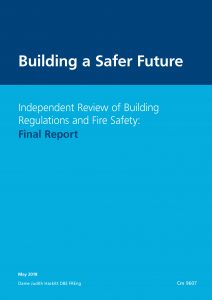 Occupational health and safety (OHS), building safety and public safety often overlap but never more so than in the instance of the Grenfell fire of June 2017. The UK Government has just released the final report into the incident and there are many interesting lessons for workplace health and safety and its social role.
Occupational health and safety (OHS), building safety and public safety often overlap but never more so than in the instance of the Grenfell fire of June 2017. The UK Government has just released the final report into the incident and there are many interesting lessons for workplace health and safety and its social role.
Category: risk
Good data but never enough
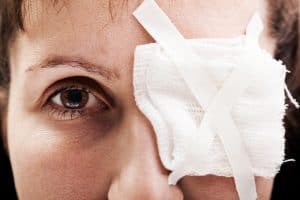 The Australian Institute of Health and Welfare (AIHW) released two statistical reports on May 16 2018, one concerns eye injuries and the other, hospitalised injuries. Some occupational injury data is readily accessible, particularly on eye injuries.
The Australian Institute of Health and Welfare (AIHW) released two statistical reports on May 16 2018, one concerns eye injuries and the other, hospitalised injuries. Some occupational injury data is readily accessible, particularly on eye injuries.
“Eye injuries in Australia 2010–11 to 2014–15” states this about occupational injuries Continue reading “Good data but never enough”
OHS, IR and PPE
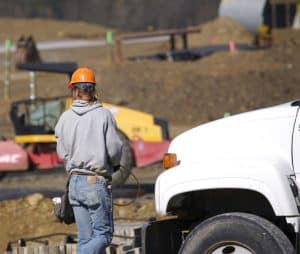 In 2015, the Australian Building and Construction Commission (ABCC) took legal action against the Construction Forestry Mining and Energy Union (CFMEU) and one of that union’s organisers, Pomare Auimatagi, over the organiser’s actions seemed to breach one of John Holland’s personal protective equipment (PPE) policies. The CFMEU and Auimatagi were found guilty of breaching the Fair Work Act and fined over A$58,000 by the Federal Circuit Court on 9 March 2018. The case raises a couple of occupational health and safety management issues.
In 2015, the Australian Building and Construction Commission (ABCC) took legal action against the Construction Forestry Mining and Energy Union (CFMEU) and one of that union’s organisers, Pomare Auimatagi, over the organiser’s actions seemed to breach one of John Holland’s personal protective equipment (PPE) policies. The CFMEU and Auimatagi were found guilty of breaching the Fair Work Act and fined over A$58,000 by the Federal Circuit Court on 9 March 2018. The case raises a couple of occupational health and safety management issues.
According to
Toughen up, Princess
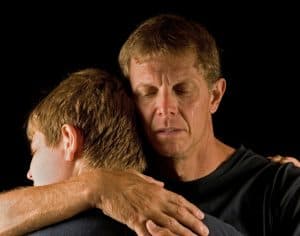 Today the Medical Journal of Australia released a media statement entitled:
Today the Medical Journal of Australia released a media statement entitled:
“FIFO workers’ psychological distress “alarming””
What is more alarming is that the levels of psychological distress have remained high even though there have been inquiries into the mental health of Fly-In Fly-Out workers in Western Australia and Queensland since 2014!!
Western Australian research undertaken by
Australian Workplace Safety Bureau
 There seems to be a growing community frustration with regulators who hesitate to prosecute about breaches of laws, including occupational health and safety (OHS) laws, and about options that sound reasonable, like Enforceable Undertakings, but still let businesses “off the hook”. The calls for Industrial Manslaughter laws are the most obvious manifestations of the anger and frustration from perceived injustices.
There seems to be a growing community frustration with regulators who hesitate to prosecute about breaches of laws, including occupational health and safety (OHS) laws, and about options that sound reasonable, like Enforceable Undertakings, but still let businesses “off the hook”. The calls for Industrial Manslaughter laws are the most obvious manifestations of the anger and frustration from perceived injustices.
But perhaps there was another way to achieve change in workplace safety, a way that could be based on a model that Australia and other countries already have.
The avoidance of accountability creates legislation
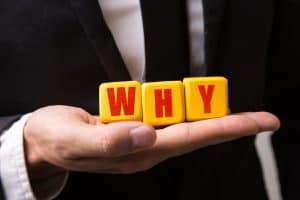 This week the Australian Chamber of Commerce and Industry (ACCI) released its submission to the Independent Review of Work Health and Safety Laws. The submission deserves reading fully as it reflects many of the positions on and perspectives of occupational health and safety (OHS) of Australia’s major businesses and, not surprisingly, it has a lot to say about Industrial Manslaughter laws.
This week the Australian Chamber of Commerce and Industry (ACCI) released its submission to the Independent Review of Work Health and Safety Laws. The submission deserves reading fully as it reflects many of the positions on and perspectives of occupational health and safety (OHS) of Australia’s major businesses and, not surprisingly, it has a lot to say about Industrial Manslaughter laws.
Comparing ACCI’s objections to the earlier attempt to introduce similar laws in Victoria in 2002 illustrates how little progress has been made.
Recent lessons from other major incidents, especially through the work of Professor Andrew Hopkins, have also shown the consequences of not taking responsibility for OHS. The power to counter the calls for Industrial Manslaughter laws is in the hands of those corporate leaders who accept this responsibility and work with it.
Notification of mental health incidents
 Australia’s entertainment and performing arts sector is gradually attending to the workplace mental health risks that are inherent, or have been shown to be problematic, in their industry. However it continues to operate in isolation rather than facing the reality and magnitude of the problems and the challenges facing lots of industries who have only recently discovered their psychosocial hazards.
Australia’s entertainment and performing arts sector is gradually attending to the workplace mental health risks that are inherent, or have been shown to be problematic, in their industry. However it continues to operate in isolation rather than facing the reality and magnitude of the problems and the challenges facing lots of industries who have only recently discovered their psychosocial hazards.
The latest edition of Dance Australia magazine contains an interview with Chloe Dallimore,* President of Equity, a division of the Media Entertainment and Arts Alliance (MEAA), which illustrates the willingness to change, but still within limits. Occupational health and safety (OHS) obligations are hardly mentioned, nor is the role of the OHS regulators. Perhaps it is time to include mental health as a workplace incident or condition that should be notifiable under law.
